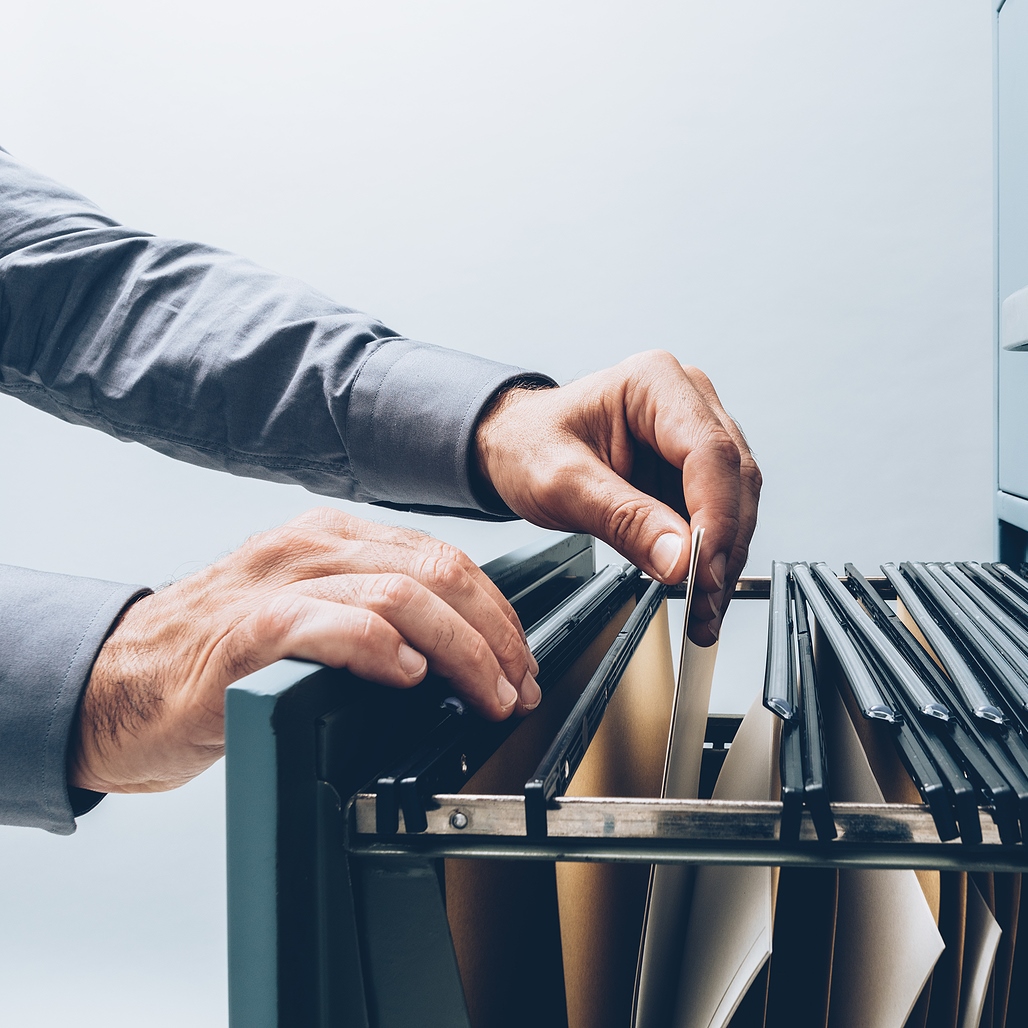The process of fine art collection management can seem hectic and complex to newbies. Yet, it can boil down to a couple of essential activities that will help you keep your collection organized and properly managed. Here is an overview of the role and meaning of proper record-keeping that may transform your art collection management efforts.
Why Keep Records of Your Art Belongings?
Accurate and diligent record-keeping will serve several crucial purposes in your collection management efforts.
Accuracy in Documentation
Every artwork’s detailed record is your valuable source of information about the artist, title, artwork’s dimensions, date of creation, acquisition, and all relevant provenance data. It’s always great to have such an all-in-one reference point where you can quickly retrieve all information about a particular art piece.
Proper Provenance Tracking
The artwork’s history tracking, such as its previous owners and locations, is key to ethical and transparent art collection management. These records will help you and any potential buyer authenticate the art piece and make sure of your ownership’s legitimacy.
Condition Tracking and Conservation Scheduling
All art objects require proper conservation and restoration, as they tend to degrade over time. Regular condition checks and scheduling of conservation efforts will guarantee that your art collection stays in the proper condition and doesn’t lose its monetary value.
Insurance and Appraisal
You should keep accurate records of the insurance status and appraisals of your belongings to be sure that your collection is adequately covered. These documents should always be in order, as they will serve as a legal basis for compensating for damages or loss in case something goes wrong during storage or transportation.
Location Tracking
Many collectors lend their possessions to galleries and museums for themed exhibitions; some items may also be in external storage facilities. If your collection is large, and some of your belongings are kept elsewhere, it’s vital to record the duration and terms of loans, as well as each item’s location, for property control.
Streamline Your Fine Art Collection Management with Concise Records
As you can see, the process of fine art collection management can become way easier as soon as you approach record-keeping in a well-organized way. Records are key to keeping track of all new acquisitions, scheduling conservation efforts, and keeping a close eye on your assets’ condition and location. With these measures put in place, you will always have a clear idea of what artwork you possess, which items need your attention, and where each asset currently is. This bare minimum will give you peace of mind and substitute costly collection manager services, at least, for a small- to medium-sized collection.
